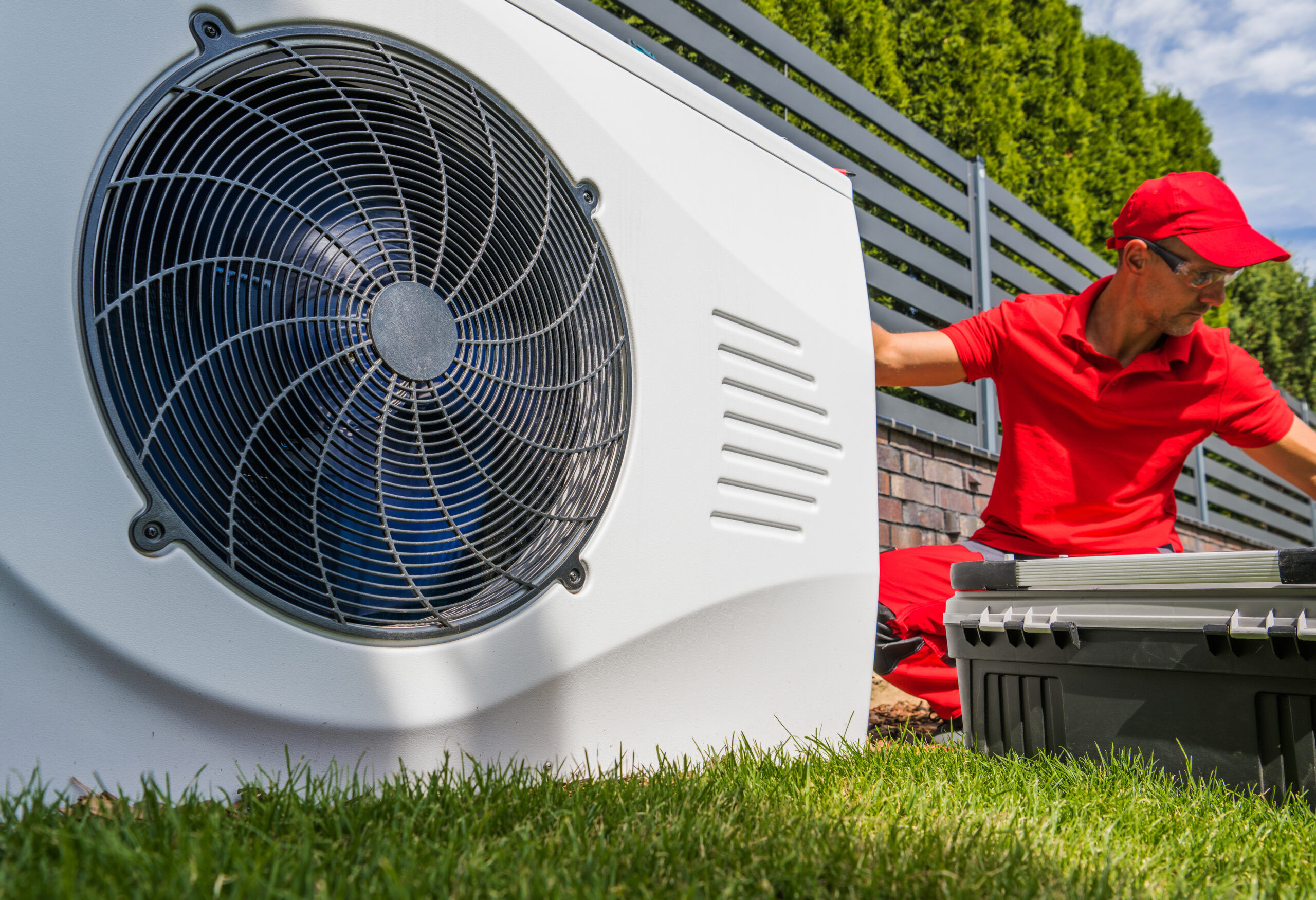When it comes to the world of air conditioning systems, the choice of refrigerant can have a significant impact on performance, energy efficiency, and environmental impact. With various options available, it’s important to understand the benefits and drawbacks of each refrigerant type. In this article, we delve into the pros and cons of different types of refrigerants in air conditioning systems, so you can make an informed decision for your home or business. Keep reading to find out more.
Chlorofluorocarbons (CFCs)
Chlorofluorocarbons (CFCs) were once a popular choice for refrigerants due to their effectiveness as cooling agents and their non-toxic and non-flammable properties. However, they were found to have a negative impact on the ozone layer, resulting in the Montreal Protocol in 1987, which aimed to phase out the production and consumption of these chemicals. Since then, the use of CFCs has been drastically reduced, and they are no longer used in new air conditioning systems.
One of the main advantages of CFCs as a refrigerant is their low cost and high energy efficiency. Additionally, they are highly capable of cooling, making them effective in maintaining a comfortable indoor temperature. With these benefits, CFCs were considered the standard refrigerant for many years before concerns about their environmental impact arose.
Despite their effectiveness, CFCs have significant drawbacks, primarily concerning the environment. They are known as ozone-depleting substances and have high global warming potential (GWP). As such, finding an alternative refrigerant is essential to reduce the damage that CFCs have caused over the years. You can contact Knoxville, TN furnace repair and AC services for more information on the alternatives available and how to replace old CFC-containing systems.
Hydrochlorofluorocarbons (HCFCs)

Hydrochlorofluorocarbons (HCFCs) emerged as a replacement for CFCs to reduce ozone depletion. They are less damaging to the ozone layer but still have notable environmental impacts. Although they have lower GWP than CFCs, they still carry risks, due to their high ozone depletion potential. HCFCs will also be eventually phased out by the Montreal Protocol, with the most popular HCFC, known as R-22, to be completely phased out in the US by 2030.
HCFCs are similar to CFCs in terms of effectiveness as cooling agents but with a slightly lower energy efficiency. They are also non-toxic and non-flammable, making them a safer choice for use in air conditioning systems. However, due to their negative environmental impact, alternatives should still be considered when choosing a refrigerant.
While HCFCs might provide a temporary solution when replacing CFCs in older air conditioning systems, their ongoing phase-out means that it’s crucial to consider more environmentally friendly alternatives for new installations. Transitioning from HCFCs to more sustainable options will ultimately benefit the environment and future generations.
Hydrofluorocarbons (HFCs)
Hydrofluorocarbons (HFCs) are the third generation of synthetic refrigerants that are free from ozone-depleting substances, offering a more environmentally friendly alternative to both CFCs and HCFCs. HFCs are commonly used in new air-conditioning systems due to their low ozone depletion potential. However, they have higher GWP, which can contribute to global warming.
While HFCs have lower energy efficiency compared to both CFCs and HCFCs, their benefit lies in their lower environmental impact. As the industry moves away from ozone-depleting substances, HFCs have become a go-to choice for many newer air conditioning systems. They continue to be non-toxic and non-flammable, ensuring user safety remains a priority.
Despite being a significant improvement from CFCs and HCFCs in terms of environmental impact, concerns about the high GWP of HFCs still persist. As a result, research into alternatives with lower GWP continues to be a priority for the industry, with some regions beginning to phase out certain high-GWP HFCs in favor of more sustainable options.
Natural Refrigerants

Natural refrigerants, such as propane, ammonia, and carbon dioxide, have emerged as potential alternatives to synthetic refrigerants due to their low environmental impact. They have zero ozone depletion potential and low GWP, making them a sustainable choice for air conditioning systems. However, natural refrigerants also present some challenges due to their specific characteristics and handling requirements.
For instance, ammonia has excellent cooling properties, but it is toxic and requires proper handling and storage to ensure safety. Propane, on the other hand, is a highly efficient refrigerant with minimal environmental impact, but its flammability poses potential risks. Carbon dioxide is a relatively new option, offering low GWP, but it operates under high pressure, making system design and maintenance more complex.
Overall, when selecting a refrigerant for your air conditioning system, it is important to consider its environmental impact, efficiency, and safety characteristics. While the industry continues to search for the most sustainable solution, understanding the pros and cons of each refrigerant type helps make informed decisions that contribute to a greener future.

